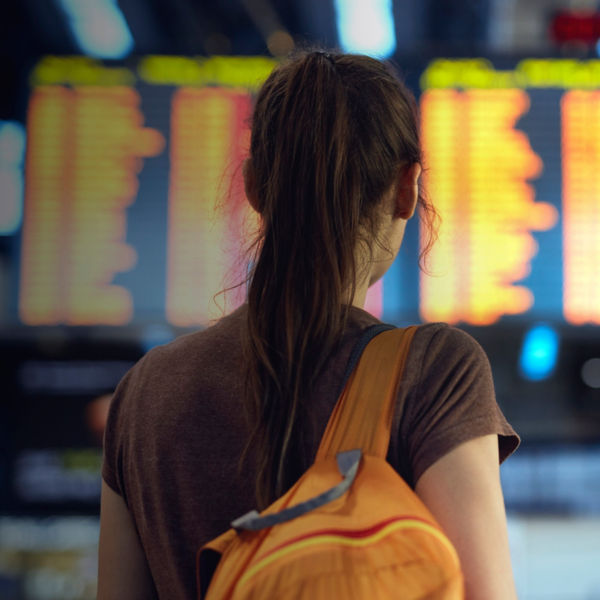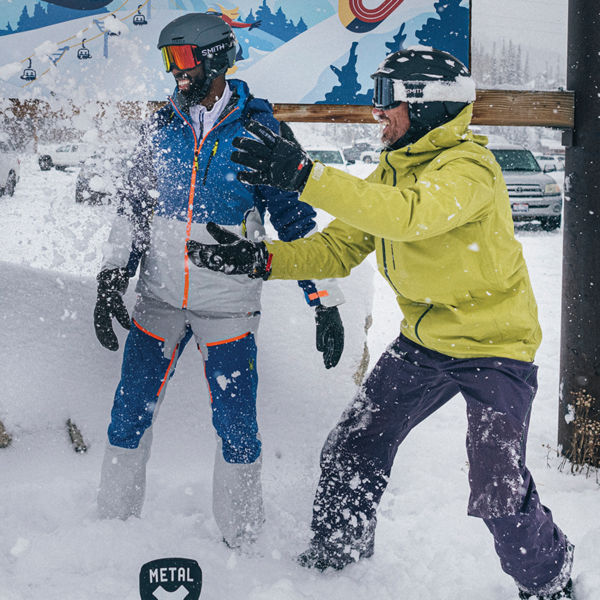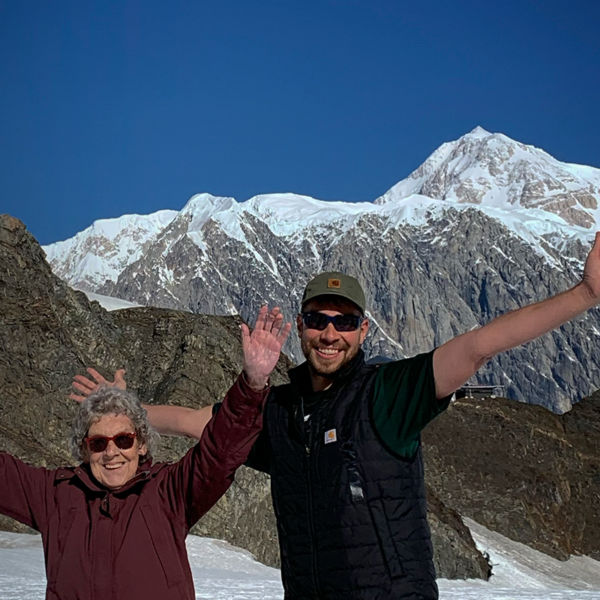
Adventure travel is a strange combination of exotic vacation and backcountry camping trip, which can make it tough to pack for. Should you bring your fancy electric toothbrush, or your cut-in-half backpacking toothbrush? Is it worth carrying conditioner if you’re going to be in a kayak the whole week? Do you need makeup for that one dinner out, or should you leave it all at home?
Add to that the demands of staying fresh on a long-haul flight, and suddenly you have way more than the quart-size bag of toiletries that TSA so inconveniently requires. But it doesn’t have to be that way. With some creative repackaging, thoughtful minimization, and smart purchases, you can streamline both your security screenings and your adventure hygiene routine.
This guide will cover the following topics:
- How to choose a toiletry bag for adventure travel
- How to whittle down your toiletry kit
- Liquid-free toiletry alternatives
- Adventure toiletries packing checklist
How to choose a toiletry bag for adventure travel
Most airports now ask that all liquids be kept in a plastic quart-size bag for security screenings. It’s not an elegant solution: If you have a meticulously organized toiletry kit, you have to transfer everything in and out of your baggie before security. And if you’re a frequent traveler, that plastic waste can add up. Here’s what seasoned adventure travelers do instead.
If you’re backpacking or bike touring: Use a reusable zip-top bag.
Try to minimize your kit such that the whole thing fits into a single sandwich baggie, and opt for a durable, reusable transparent version. Consider the secure (and dishwash-able) Stasher Bags, or the lightweight LOKSAK bags, which are more packable and better suited to backpacking. Both options are TSA-approved, and the transparent sides make it easy to find your stuff.
If you’re on an expedition: Use a durable zippered case.
If you want more durability than a plastic or silicone bag can provide, get a simple zippered toiletry case to put your baggie in—like the Carhartt Travel Kit or the Eagle Creek PACK-IT cubes, both of which have carrying handles and easily accommodate a quart-size bag.
If you’re hotel hopping: Use a roll-up case.
Meticulous organizers, or travelers planning to spend more time in hostels or hotels than in the backcountry, may still want a traditional toiletry case with multiple sleeves and zippered pockets. In that case, a roll-up bag like the Roark Travel Roll Bag lets you wrap it around your bagged liquids to keep everything together at the airport. Plus it has a hanging hook that comes in handy in small hotel or airplane bathrooms.
How to whittle down your toiletry kit
The hardest part of going minimalist is, well, minimizing. Try these tips next time you pack.
- Repack your liquids: Instead of checking your full-size bottles of shampoo, conditioner, or sunscreen, purchase reusable travel-size bottles. You can also rinse and refill single-use hotel bottles if you already have a few lying around.
- Downsize your deodorant: When it comes to space inefficiency, deo is one of the biggest offenders. Consider breaking off a chunk of your solid deodorant bar and storing it in a baggie, or using a deodorant paste, which can be repackaged into a smaller screw-top container.
- Use a pill container: Vitamins, medications, melatonin, and other pills can take up valuable space in a travel toiletry bag. Use a film canister, screw-top pill container, empty mints tin, or a small baggie instead. Be sure to label all medication, and cut out the dosage instructions from the back of the box if you need to bring them with you.
- Cull your cosmetics: Hair products take up a lot of room. Consider repackaging oils and mousses, or wear braids or another more natural look on your trip. If you wear makeup, keep it simple: One mascara, one concealer, one lip balm, and a little blush will do. Purchase travel-size options, ask your local makeup counter for samples, or repackage makeup into smaller containers whenever possible. Consider leaving the gadgets—like eyelash curlers or tweezers—at home.
- Ditch the traditional tampons: Garden-variety applicator tampons take up valuable real estate in a toiletries bag. Instead, switch to a menstrual cup or carry o.b. tampons (they don’t have applicators, which makes them super space-efficient).
- Prioritize multi-use items: Instead of carrying separate shampoo and conditioner, find one product that does both. Other examples: A travel-size tube of Vaseline or Aquaphor can work as both a moisturizer and lip balm. Climbing tape can do both first-aid and gear repair. Some blushes, like those by Jones Road or Merit, are designed to also work for lips and eyelids.
- Share with your partner: If you’re traveling with a friend, you might not need two tubes of toothpaste and two moisturizers. Ask what they’re bringing and see if the two of you can share.
- Cut stuff in half: This is a trick from the ultralight backpacking realm, but it can come in handy when space is at a premium (i.e., when that budget airline won’t let you bring a carry-on). Instead of packing a full-size toothbrush, pack a foldable version, or snap yours in half. Ditch your brush for a comb—and consider snapping that in half, too.



























































